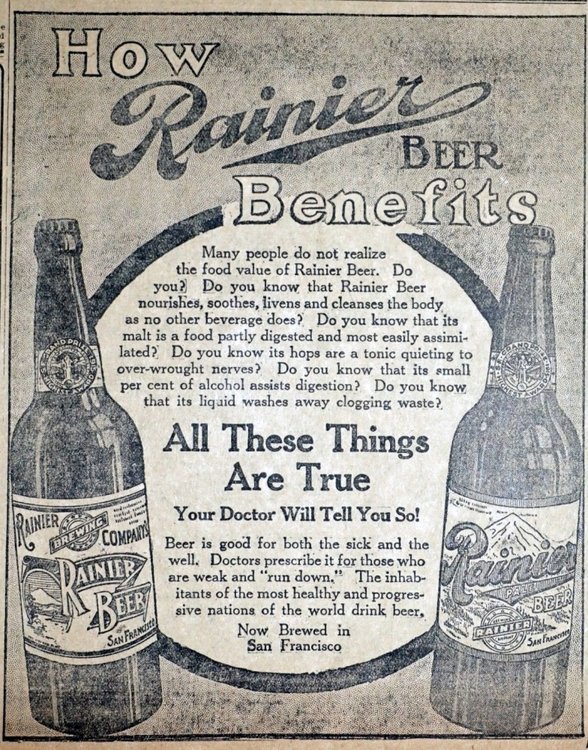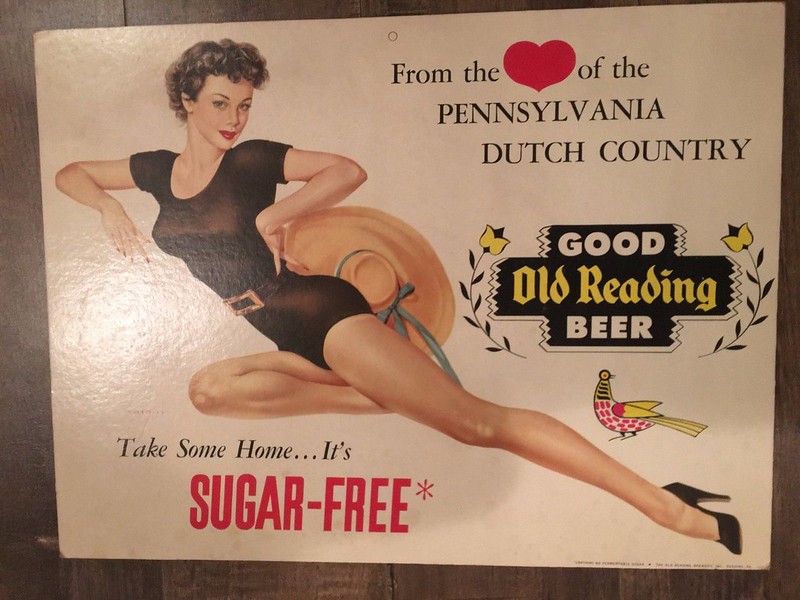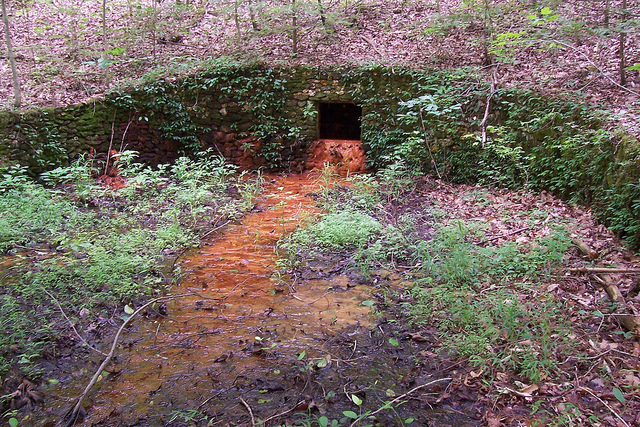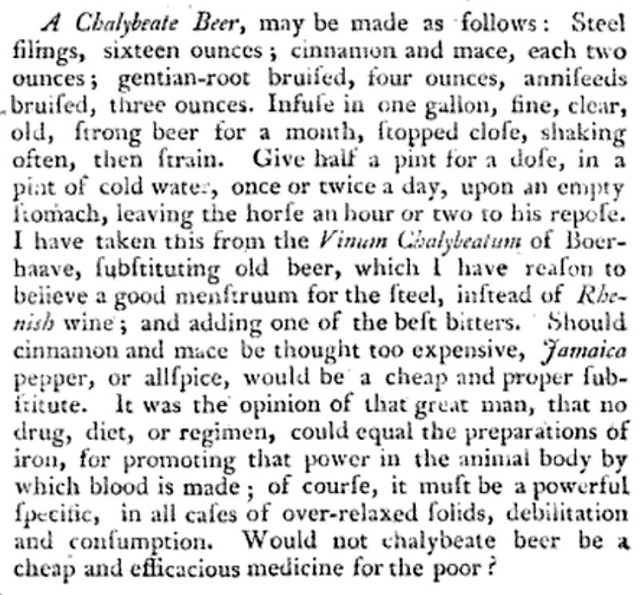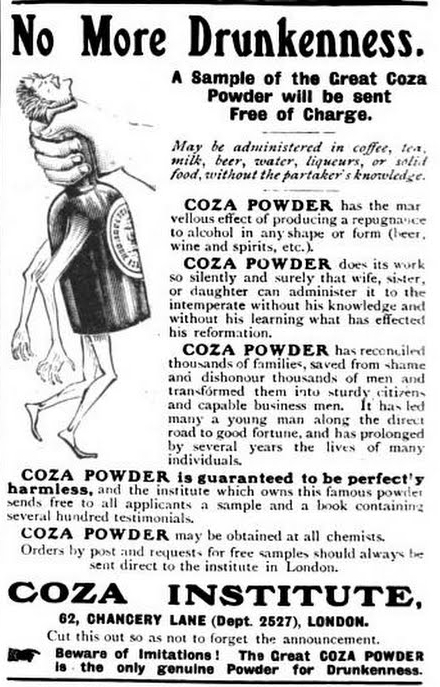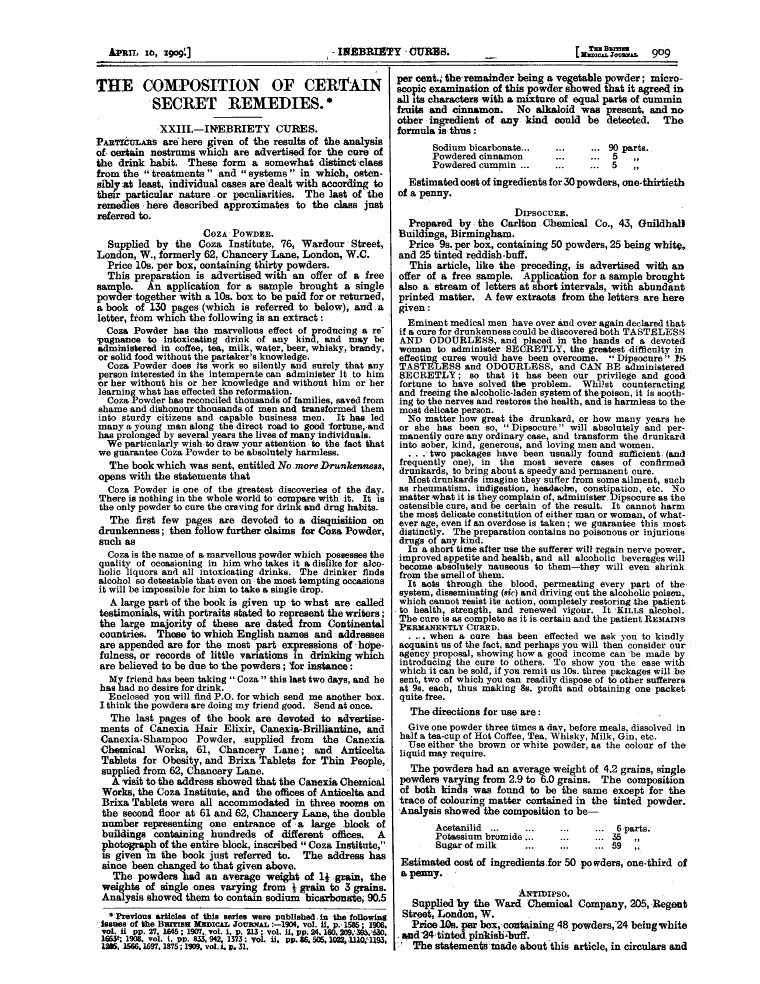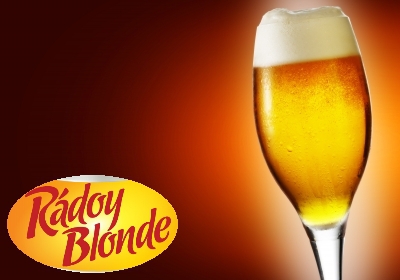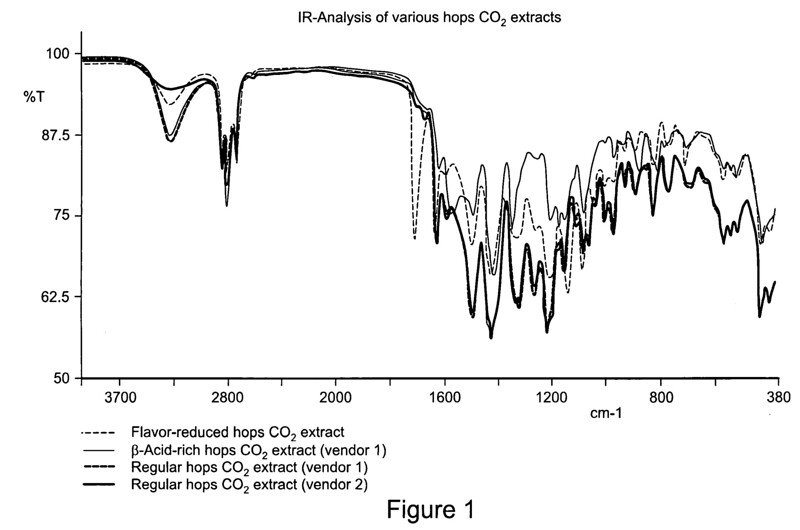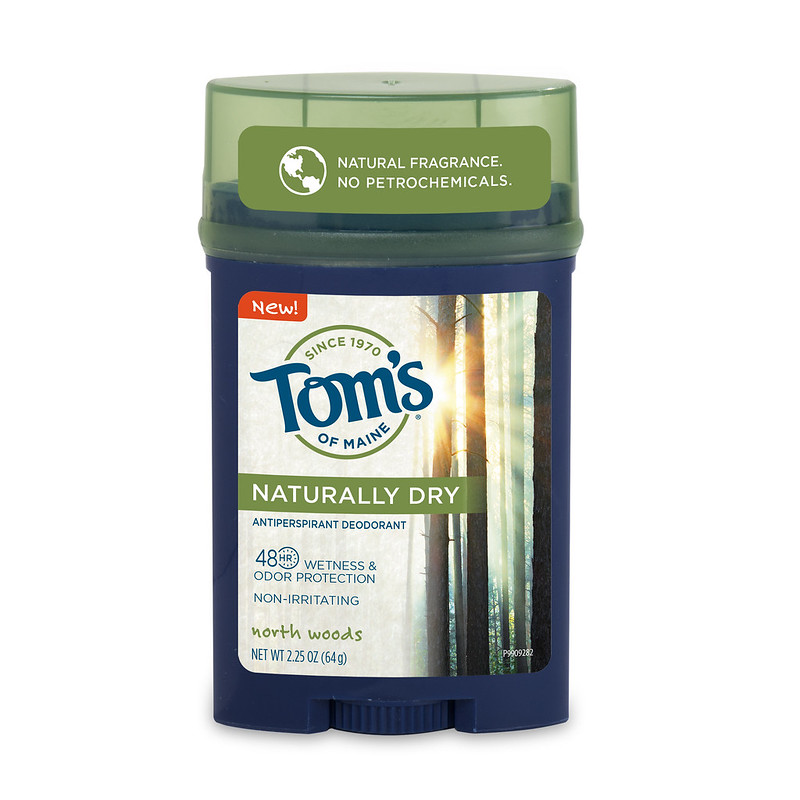
Today is the 62nd birthday of Rick Lyke, a fellow drinks writer in North Carolina. Rick writes for a variety of publications and online at Lyke 2 Drink. It’s especially terrific that we can all celebrate Rick’s 60th today, because he fought and won a battle with prostate cancer, which prompted him to found the grassroots organization Pints For Prostates. Rick is a terrific champion for both great beer and men’s health. Join me in wishing Rick a very happy birthday.

Rick at the first Rare Beer Tasting at Wynkoop during GABF Week in 2009.

Rick with Carol Stoudt and Amy Dalton at the first Rare Beer tasting at Wynkoop to raise money for his Pints for Prostates organization.

Lew Bryson and Rick at the World Beer Festival in Durham in 2008.
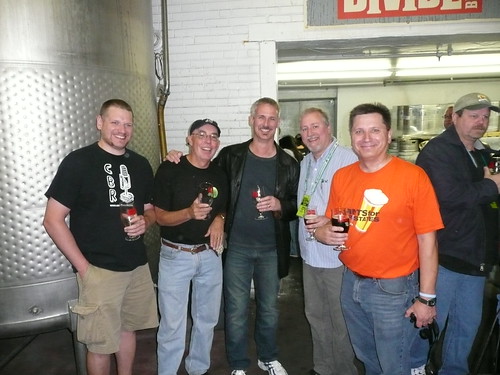
Jeff Bearer, Stan Hieronymus, Stephen Beaumont and me with Rick at the Great Divide open house on the first day of GABF a few years ago.

And finally, the ubiquitous Sam Adams brunch photo I use four times a year, with Daniel Bradford, of All About Beer, Jim Koch, Amy Dalton (who used to be with All About Beer) and Rick.



